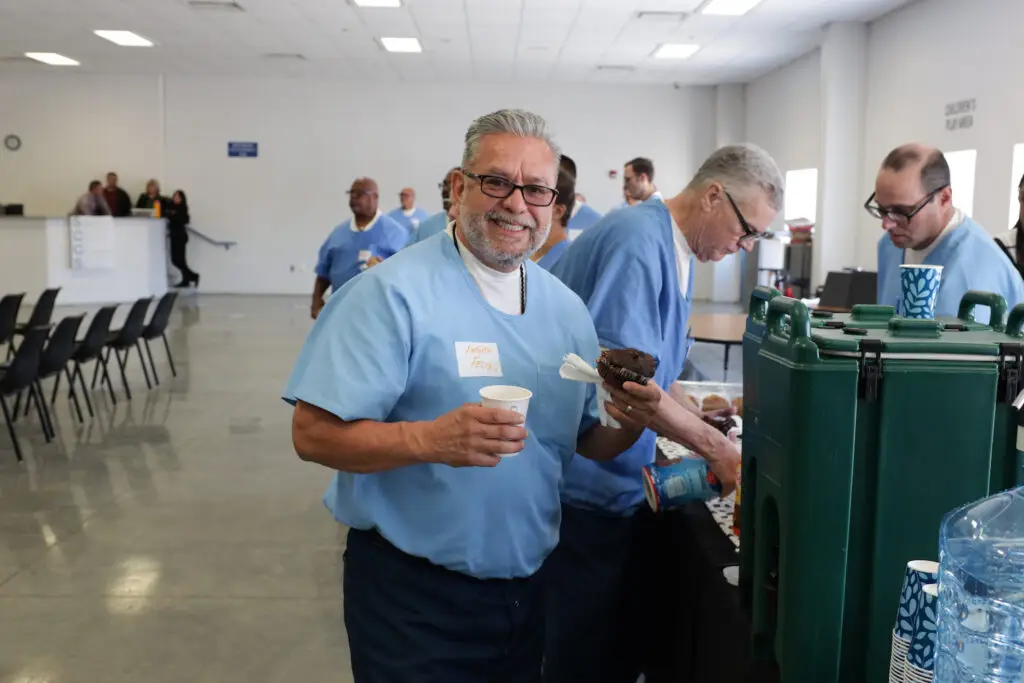The years 2000 and 2001 used to have an inherently science-fiction quality to them. Rolling over that fourth digit felt unimaginably far away right up until it happened. So maybe we can forgive writer Vance Packard for some of the wilder predictions he made in San Diego Magazine’s January 1979 cover story, “Life in 2001: It’s No Space Odyssey.”
It’s written from a future perspective, looking back at all the advances he thought society would make in the next 22 years. Since we were in the middle of an energy crisis in ’79, Packard’s present-tense article predicts that the entire US has adopted renewable energy sources and 56 countries are running on nuclear fission (the Three Mile Island accident occurred just two months after publication; today only four countries use majority nuclear power). He also predicts brand-new fusion plants, which even in real-world 2019 are still just conceptual.
Packard’s full of green optimism: Most garbage dumps have been replaced with recycling plants, and entire cities are enclosed in climate-controlled domes. Gasoline-powered cars are nearly extinct, hydrogen-powered ones are already aging, and electric ones are the clear favorite.
One of the article’s sidebars, “A Society of Senior Citizens” by Charles N. Conconi, may as well have been republished this month. (Read Bob Kelly’s take.) Conconi states that “nursing will become the fastest-growing and principal medical activity in the new century,” and quotes a professor who warns, “With a shrinking work force in proportion to those retiring, there will be incredible pressures on Social Security.”
Packard didn’t quite predict the World Wide Web, but rather a “telecommunications room” in every house, where any entertainment can be played on demand via two-way televisions, which also allow us to take classes and vote remotely. There’s even a whiff of Amazon’s rise: “We shop any hour of the day or night by going to our pushbutton telephone and calling the store’s computerized warehouse,” and our products are delivered the next morning.
Those TVs allow remote medical diagnosis, coupled with a warning about the misuse of personal data. Consumers “could not have comprehended how personal privacy would be destroyed by consolidation in memory banks of information about people.” (Dr. Eric Topol picks this thread up.) The article also predicts that “test-tube babies” would be common and uncontroversial.
Wide-ranging predictions like these tend to be most informed by the crises of the moment, and unable to account for entirely novel developments. Any predictions I made about life a few decades from now, given the perspective of 2019, would be pretty dismal. But I’m sure there’ll be some unforeseeable positives. Luckily, many of the thinkers we asked to comment for this month’s feature, “The Future of San Diego,” are better optimists than me. Here’s hoping the future will surprise us.
WEB EXTRA
Here are some additional predictions from the January 1979 cover story that we found interesting in hindsight:
With eerie prescience, Conconi writes, “By 2000, the largest ethnic group in the United States will be Mexican-American […] This new migration, which is causing so much social pressure in California and the southwest now, is expected to cause unrest and violence in the 1980s and 1990s. Many foresee a repeat of the civil rights confrontations of the 1950s and 1960s.
The article predicts that “test-tube babies” would be common and uncontroversial, producing by far the quaintest gem in the entire piece: “Some church spokesmen deplore the practice of test-tubing just as they used to deplore abortion, but few laymen pay much attention anymore to official church positions on biological matters.”
Runner-up for most depressing quotes goes to Barbara Blum, then-deputy director of the EPA, who is sure that by 2001, the Equal Rights Amendment will have passed. (Now that Nevada and Illinois have ratified it, in 2017 and 2018, it stands just one state short of ratification.) By 2001, she believes “it will not be unusual for women to be in a top position,” “Some men will choose to stay home and care for the house and family, rather than work outside. Men will be free to choose not to live the role stereotypes,” and finally, “Women have come through the worst of it. […] By 2001, women will be in the mainstream of American life—so fully integrated that it will no longer be a topic of discussion.”
Our editors were even able to get a quote from Isaac Asimov, who was characteristically dire about our prospects, saying the energy crisis and overpopulation could very well lead to the end of civilization within 100 years. “How long has Congress been fooling with energy?” he wonders. “The energy decisions it is going to have to make are going to be unpopular and will be hard on people. And no congressman wants to make unpopular decisions, so the proper decisions won’t be made.” Alas, he doesn’t even put nuclear war past us: “Small pockets of miserable survivors will remain, without the energy resources to rebuild. And 500 years from now, vague stories will be told about an age of mysterious magicians.”

PARTNER CONTENT
From the Archives: What We Thought San Diego Would Look Like in 2001




















